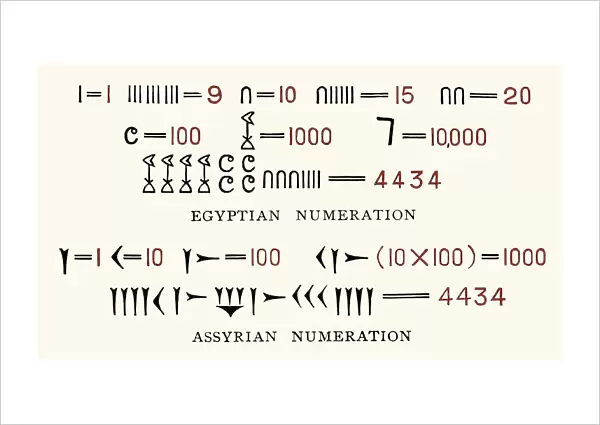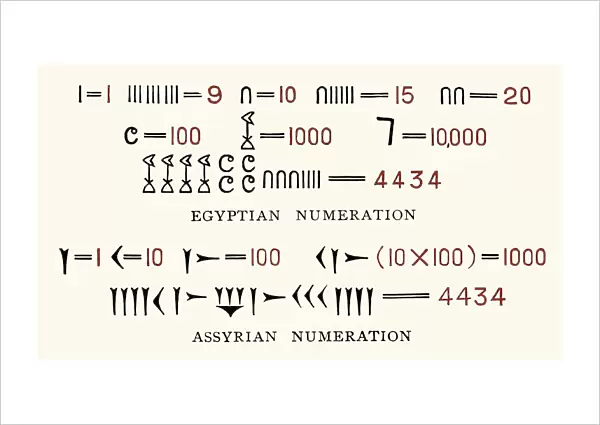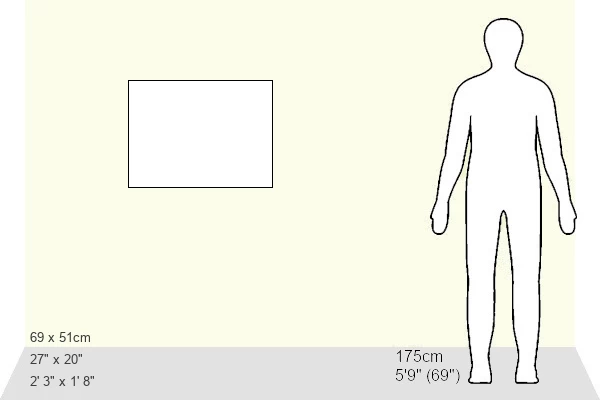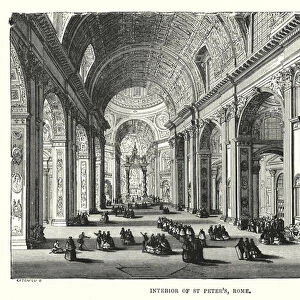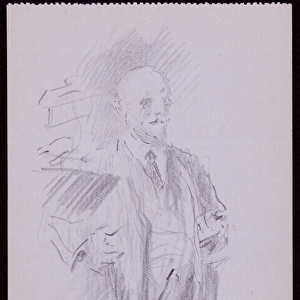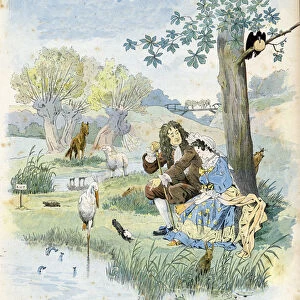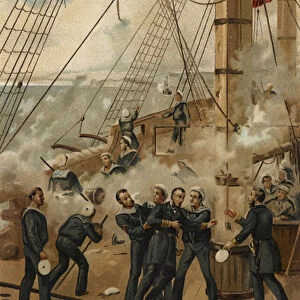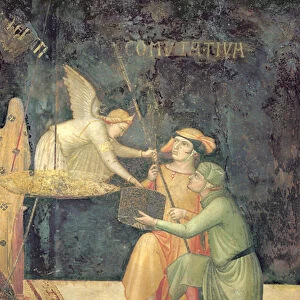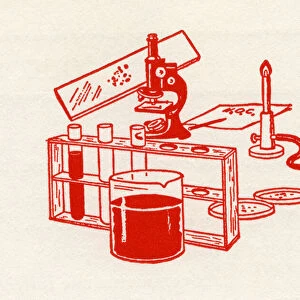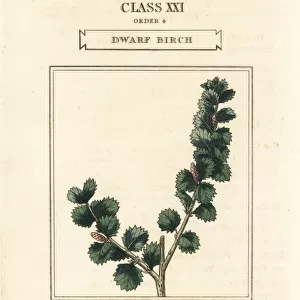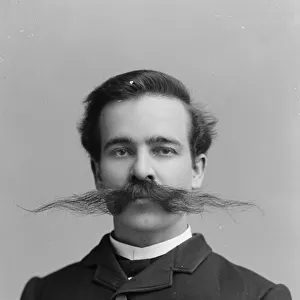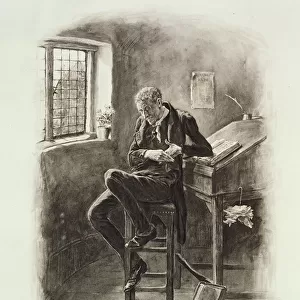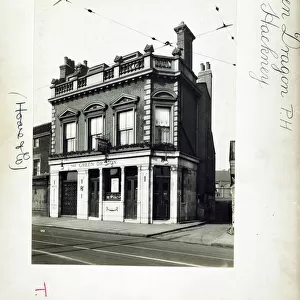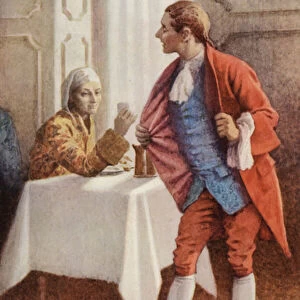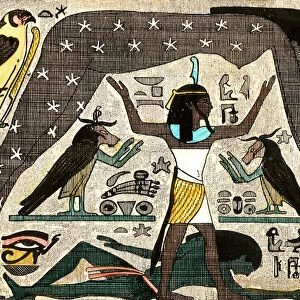Fine Art Print > Historic > Ancient civilizations > Ancient Egypt > Egyptian hieroglyphics
Fine Art Print : Egyptian and Assyrian counting systems
![]()

Fine Art Prints from Science Photo Library
Egyptian and Assyrian counting systems
Egyptian and Assyrian counting systems. Early methods of number counting involved the use of fingers, while early written records used strokes to indicate numbers. To improve these cumbersome systems, written signs were invented for higher numbers. Alternatively letters of the alphabet were adopted in their order as number signs. Here, examples of symbols for tens, hundreds, and thousands, are shown. Calculations remained cumbersome until the systematic use of zero as a number, pioneered in India. Table from The Story of the Alphabet (Edward Clodd, 1900)
Science Photo Library features Science and Medical images including photos and illustrations
Media ID 6296107
© SHEILA TERRY/SCIENCE PHOTO LIBRARY
1900 Antiquity Assyrian Babylon Calculation Classical Cuneiform Diagram Early Edward Clodd Egypt Egyptian Hieroglyphics India Indian Language Linguistic Linguistics Mathematical Mathematics Number Numeral Pictographic Pictographs Signs Symbol Table The Story Of The Alphabet Writing Written Accounting Assyria Numeration
21"x14" (+3" Border) Fine Art Print
Discover the rich history of mathematics with our Fine Art Prints from Media Storehouse. This captivating collection features the Egyptian and Assyrian counting systems, beautifully captured by Science Photo Library. Witness how early civilizations used their fingers and simple strokes to record numbers, marking the beginning of written mathematics. Elevate your home or office decor with these intriguing and thought-provoking prints, perfect for history enthusiasts, mathematicians, and anyone interested in the evolution of human knowledge.
21x14 image printed on 27x20 Fine Art Rag Paper with 3" (76mm) white border. Our Fine Art Prints are printed on 300gsm 100% acid free, PH neutral paper with archival properties. This printing method is used by museums and art collections to exhibit photographs and art reproductions.
Our fine art prints are high-quality prints made using a paper called Photo Rag. This 100% cotton rag fibre paper is known for its exceptional image sharpness, rich colors, and high level of detail, making it a popular choice for professional photographers and artists. Photo rag paper is our clear recommendation for a fine art paper print. If you can afford to spend more on a higher quality paper, then Photo Rag is our clear recommendation for a fine art paper print.
Estimated Image Size (if not cropped) is 53.3cm x 29.9cm (21" x 11.8")
Estimated Product Size is 68.6cm x 50.8cm (27" x 20")
These are individually made so all sizes are approximate
Artwork printed orientated as per the preview above, with landscape (horizontal) orientation to match the source image.
FEATURES IN THESE COLLECTIONS
> Africa
> Egypt
> Related Images
> Asia
> India
> Related Images
> Historic
> Ancient civilizations
> Ancient Egypt
> Egyptian hieroglyphics
EDITORS COMMENTS
This print showcases the ancient Egyptian and Assyrian counting systems, shedding light on early methods of number counting and written records. In these early times, people relied on their fingers to count numbers, while strokes were used in written records to represent numerical values. However, as these systems proved cumbersome, ingenious individuals invented symbols for higher numbers or adopted letters of the alphabet as number signs. The image provides a glimpse into this fascinating evolution by displaying examples of symbols representing tens, hundreds, and thousands. It is evident that calculations during this period remained complex until the groundbreaking introduction of zero as a number in India – a concept that revolutionized mathematics. The table depicted here originates from "The Story of the Alphabet" by Edward Clodd (1900), offering us an invaluable insight into the historical development of numeration across various civilizations. From Egypt to Assyria and beyond, these ancient cultures left behind linguistic artifacts such as hieroglyphics and cuneiform script that reveal their earliest forms of counting and accounting. As we admire this artwork capturing history's mathematical journey, it serves as a reminder that our modern numeral system has evolved over centuries through countless innovations. This photograph invites us to appreciate how far humanity has come in its quest for efficient ways to express numerical concepts – a testament to our enduring curiosity and ingenuity.
MADE IN THE USA
Safe Shipping with 30 Day Money Back Guarantee
FREE PERSONALISATION*
We are proud to offer a range of customisation features including Personalised Captions, Color Filters and Picture Zoom Tools
SECURE PAYMENTS
We happily accept a wide range of payment options so you can pay for the things you need in the way that is most convenient for you
* Options may vary by product and licensing agreement. Zoomed Pictures can be adjusted in the Cart.

